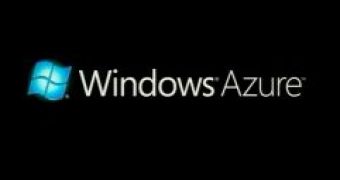The latest Community Technology Preview of Web Sandbox is designed to take its approach to securing Web 2.0 content to Microsoft Cloud operating system, Azure, via the Azure Services Platform. Introduced in October 2008, Web Sandbox, a project developed by the Microsoft Live Labs, is designed to deliver an extra security tier for end-users when it comes down to ensuring that third-party components associated with modern Web 2.0 websites are isolated.
Essentially, the Sandbox places an interception layer that is capable of handling the virtualized exception of pieces of untrusted code. This involves a transformation process that can happen at client-level, but also on the server, or even in the Cloud.
“We insert the intercepting layer through a code transformation. By default this transformation executes server side, on our servers. Two additional options are available. If Silverlight is installed, the transformation could execute client-side, thus saving the round-trip to the server. The transformation could also execute in the cloud, on the Azure Services Platform Community Technology Preview. (Note that the Azure transformation is enabled only when the gadget code is specified via a URL.) The three options use the same codebase,” Dragos Manolescu, Microsoft program manager, revealed
As of October, Microsoft has gone live with the Web Sandbox website, offering developers a resource that allows them to experiment with content. Ultimately, the Sandbox will contribute to boosting the security of websites, while at the same time enhancing the quality of service delivered to end-users, and code isolation.
“The platform helped us extend the implementation, initially targeted at our server, to first cover the browser, and then to cover the cloud. Consequently, regardless of where it is hosted, the transformation should have the same result. You can choose which approach to use via the appropriate checkbox on the Sandbox experimentation pages,” Manolescu added.

 14 DAY TRIAL //
14 DAY TRIAL //